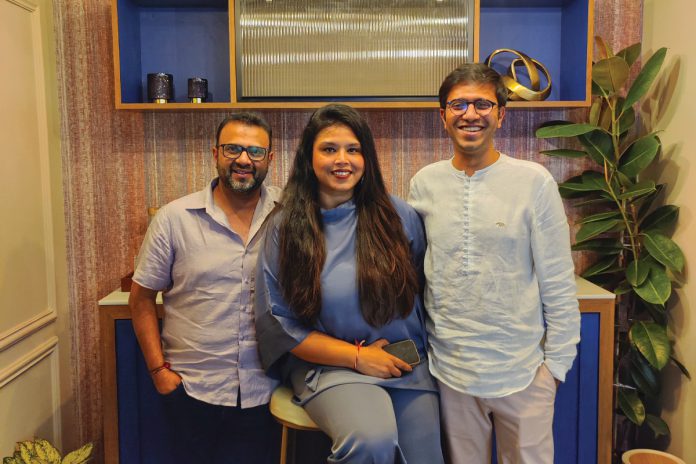We catch up with Namrata Parekh, Co-Founder of Meraki Sport & Entertainment, to understand driving inclusivity in sports and more
Words by Charudatt Chindarkar
On the whole, how can India’s sports ecosystem be more inclusive and welcoming to diverse talent?
Change must begin at the grassroots level. This can be achieved by ensuring equitable access to essential resources. Every athlete should have basic access to sports facilities, including infrastructure, equipment, and quality coaching. Often, talent goes unnoticed because opportunities for athletes, especially those from tier-2 and tier-3 cities, are limited due to a lack of support and infrastructure. By addressing this gap, we can create pathways that nurture talent from all corners of the country.
Another way to ensure inclusivity and tap into diverse talent is by promoting non-mainstream sports in India. While cricket and badminton are immensely popular, allocating resources for the development of sports like fencing, diving, basketball, and others will create opportunities for a wider range of athletes. This approach will help uncover and nurture talent in disciplines that are currently underrepresented, fostering a more diverse and inclusive sports ecosystem.

Inclusivity and diversity in sports can be promoted by ensuring equal opportunities for women, para-athletes, and individuals from varying socio-economic backgrounds. Creating pathways such as scholarships, training programs, and accessible facilities will level the playing field and encourage participation from all over the country.This approach not only broadens the talent pool but also fosters a more equitable and inclusive sports ecosystem.
– How do you see the intersection of sports marketing and social responsibility evolving in India? (You can share some specific initiatives at Meraki that have helped bridge gender gaps in brief)
The intersection of sports marketing and social responsibility in India is evolving rapidly as both the sports industry and consumers are becoming more socially conscious. As sports continue to grow in popularity, there’s a growing recognition that brands and organizations must align with values that resonate with the public.
A specific example of an initiative at Meraki to help bridge gender gaps is our strategic partnership and investment into : Sisters In Sweat (SIS) (sistersinsweat.com)
Sisters in Sweat is a community empowered by women, creating communities of empowered women through sport, fitness & wellness. From 17 members in 2017 to 10,000 sisters in 2024, SIS has spread its operations across 4 cities dabbling in 11+ sports, with a digital footprint of 1 million+. It provides a platform where women can connect, pursue their passions, and form a supportive sisterhood with “safe spaces”. In the role of a partner to SIS Meraki is dedicated to further growing the Brand and business while leaving a tangible impact on society. Together, we recently have raised funding from Rainmatter by Zerodha to increase scale, bring in more competitive play time in the form of tournaments, create large scale IPs and introduce social community impact actions under the “Sistra Project”.
Looking at the future of Indian sports, what systemic changes do you believe are crucial to create more opportunities for women in leadership positions?
A 2015 study by EY and espnW revealed that 94% of women in C-suite positions had engaged in sports, with 52% having played at the collegiate level.
Similarly, a 2023 Deloitte survey found that 69% of women earning over $100,000 annually in leadership roles had participated in competitive sports.
These findings clearly suggest that a significant proportion of female leaders have a background in sports, highlighting the potential impact of athletic participation on leadership development.
However, for all the progress, we are still a bit off from making this a norm in our country.
The systematic changes needed are across governance, infrastructure, and mindset evolution.
First, policy-level mandates should be established to ensure a higher representation of women in decision-making roles across federations, leagues, and corporate sports bodies.
Second, structured mentorship and leadership development programs should be designed to identify, train, and empower women professionals in sports administration, media, and management.
Third, investment in participative sports platforms for women—such as Sisters in Sweat—can create grassroots pathways for leadership by fostering role models and industry networking.
Lastly, corporate and governmental support through gender-sensitive policies, maternity benefits, and equal pay structures will ensure sustainability and retention of women in leadership. By implementing these changes, Indian sports can foster an inclusive and diverse leadership ecosystem that drives growth and innovation.


